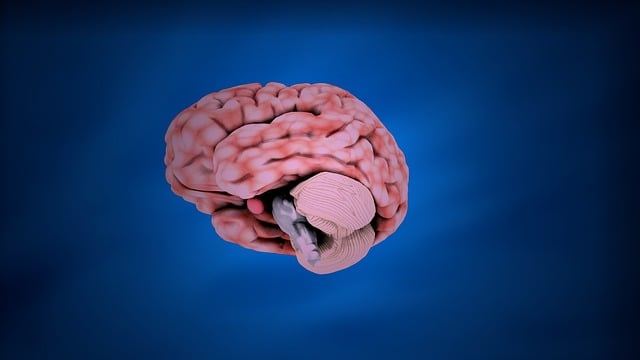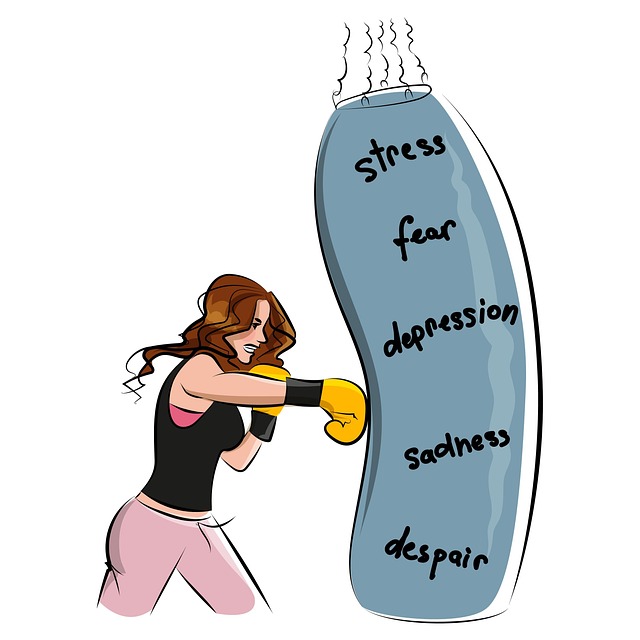Westminster Chronic Pain Therapy leverages mindfulness meditation as a holistic approach to manage chronic pain effectively. This ancient practice, focusing on present-moment awareness without judgment, cultivates calm and clarity. Through observing sensations, thoughts, and emotions, individuals gain insights into their pain, promoting emotional resilience. Culturally sensitive practices enrich the experience, fostering trust. Creating a dedicated meditation space at home enhances mental wellness, providing a quiet, comfortable environment for breathwork and body scans. Mastering core techniques like breath awareness and body scans, along with navigating challenges, can significantly reduce anxiety and improve well-being, especially with Westminster Chronic Pain Therapy support. Incorporating mindfulness into daily routines and engaging in education programs further complements these efforts.
Unwind and embrace a mindful journey towards managing chronic pain with this comprehensive guide. Discover the transformative power of meditation as a tool for relief and healing. From understanding the fundamentals of mindfulness for chronic pain management, to creating a peaceful sanctuary for your practice, we explore effective techniques like breath awareness and body scans. Overcome challenges and integrate mindfulness into your daily routine, offering sustainable solutions tailored for Westminster Chronic Pain Therapy seekers.
- Understanding Mindfulness Meditation for Chronic Pain Management
- Setting the Scene: Creating Your Ideal Meditation Space
- Techniques to Master: Breath Awareness and Body Scans
- Navigating Challenges: Common Obstacles and How to Overcome Them
- Incorporating Mindfulness into Daily Life: Tips for Sustained Practice
Understanding Mindfulness Meditation for Chronic Pain Management

Mindfulness meditation has emerged as a powerful tool for managing chronic pain, offering Westminster Chronic Pain Therapy a holistic approach to patient care. This ancient practice involves focusing one’s awareness on the present moment, non-judgmentally, to cultivate a sense of calm and clarity. By training the mind to observe sensations, thoughts, and emotions without attachment or reaction, individuals can develop a deeper understanding of their pain and learn to respond rather than react to it.
Incorporating mindfulness into chronic pain management can lead to significant improvements in quality of life. It empowers folks to adopt conflict resolution techniques within their own minds, helping them navigate the challenges of persistent pain with enhanced emotional resilience. Moreover, culturally sensitive practices in mental healthcare, such as incorporating elements from diverse traditions, can enrich the mindfulness experience, fostering a sense of belonging and trust for all individuals seeking relief from chronic pain.
Setting the Scene: Creating Your Ideal Meditation Space

Creating a dedicated space for mindfulness meditation is an important step on your journey to better mental wellness. Your ideal meditation space should be quiet, comfortable, and free from distractions. In terms of Westminster Chronic Pain Therapy, designing this environment can complement therapeutic practices by providing a sanctuary where you can focus on breathwork, body scans, or other techniques. Consider transforming a corner of your home into a peaceful retreat with soft lighting, supportive seating, and perhaps some calming artwork or plants.
This sacred space should reflect your personal preferences and promote a sense of calm. Whether it’s a cozy chair by a window or a small alter with meaningful objects, the goal is to create an environment where you can easily access Mental Wellness Coaching Programs Development techniques and engage in practices that support not only chronic pain management but also Mental Health Education Programs Design.
Techniques to Master: Breath Awareness and Body Scans

Mastering mindfulness meditation involves honing two key techniques: breath awareness and body scans. Breath awareness is a foundational practice that helps to anchor your focus in the present moment. Start by noticing your breath as it flows naturally, observing its rhythm without trying to control it. Feel the rise and fall of your chest or the subtle movements of your abdomen with each inhalation and exhalation. This simple act of attention can quickly calm the mind and reduce stress, making it a valuable tool for managing chronic pain, as explored in Westminster Chronic Pain Therapy.
Body scans, another powerful technique, involve mentally scanning your body from head to toe or vice versa, taking note of any sensations that arise without judgment. Pay attention to areas of tension, discomfort, or even relaxation. This practice fosters a deeper connection with your physical self and enhances self-awareness, which can be beneficial in various aspects of life, including Mental Illness Stigma Reduction Efforts. Additionally, it contributes to Empathy Building Strategies by encouraging a more nuanced understanding of one’s own experiences, as well as those of others.
Navigating Challenges: Common Obstacles and How to Overcome Them

Navigating Challenges: Common Obstacles and How to Overcome Them
When embarking on a mindfulness meditation practice, it’s inevitable to encounter various challenges. One common obstacle is the struggle to quiet the mind, especially for individuals accustomed to bustling environments like Westminster Chronic Pain Therapy settings. The constant chatter of thoughts can make it difficult to focus, but regular practice helps train the mind to recognize and let go of restless thoughts. Developing coping skills through mindfulness meditation allows one to approach stress management workshops organized by various organizations with a calmer mindset.
Another hurdle often faced is maintaining consistency in the practice. Life’s demands can easily disrupt even the most dedicated meditators. However, it’s crucial to remember that progress isn’t linear. Short but frequent sessions of mindfulness meditation—as little as 5-10 minutes a day—can be more effective than longer, less regular ones. Incorporating these brief moments of calm into daily routines fosters a sense of balance and equanimity, empowering individuals to face life’s challenges with enhanced resilience.
Incorporating Mindfulness into Daily Life: Tips for Sustained Practice

Incorporating mindfulness into your daily routine can be a transformative practice for managing chronic pain and enhancing overall well-being, especially when supported by Westminster Chronic Pain Therapy. Start small by setting aside just 5–10 minutes each day for meditation. Consistency is key; consider allocating a specific time in the morning or evening to create a mindful moment. Simple techniques like focusing on your breath can help anchor you in the present.
Engage your senses and observe your surroundings without judgment. This practice, often referred to as ‘mindful awareness,’ can significantly contribute to anxiety relief and mood management. Incorporate mindfulness into activities like walking, eating, or even simple household chores to make it a sustainable part of your life. Regularly practicing mental health education programs designed with mindfulness in mind can further support these efforts.
Mindfulness meditation, as a practice, offers a transformative path towards managing chronic pain. By creating a personalized space and employing techniques like breath awareness and body scans, individuals can navigate challenges and incorporate mindfulness into their daily routines. This holistic approach, enhanced by practical tips, not only complements Westminster Chronic Pain Therapy but also empowers individuals to take control of their well-being. Embrace the journey towards a calmer mind and reduced pain, one mindful moment at a time.














